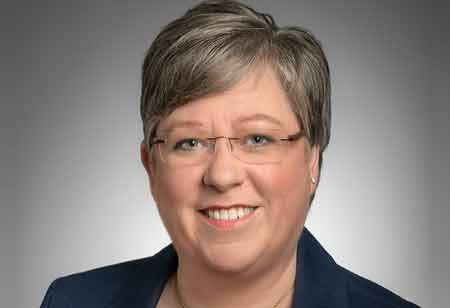Thank you for Subscribing to Healthcare Business Review Weekly Brief

Mitigating the Risk of Workplace Violence in Healthcare Settings
Healthcare Business Review
As a career Human Resources professional, I see workplace violence trends as a contributor to the healthcare worker shortage facing our nation. Workplace violence should not be a reason that seasoned healthcare workers leave their professions, or that students choose to avoid healthcare careers. Caregivers must be able to focus on patient care without worrying about verbal or physical threats from patients and visitors.
As one of the largest not-for-profit integrated healthcare delivery systems in the U.S., Sentara Healthcare places this issue front and center. We have taken proactive steps over the last several years to mitigate workplace violence and empower our 30,000 team members to avoid incidents of violence and keep each other safe.
Sentara Healthcare convened a Workplace Violence Prevention Task Force in 2020 which has designed a multifaceted program to educate and empower employees and assess all our sites of care and business for their vulnerability to violence. The task force has evolved into a standing committee, which oversees the work of divisional Core Threat Assessment Teams, who monitor monthly violence data and respond accordingly.
We hired a system director of security with a background in law enforcement, anti-terrorism, and hospital security. We posted signage in all sites of care, spelling out visitor behaviors that can lead to expulsion and prosecution. We expanded required and discretionary training in de-escalation and violence avoidance. We simplified our violence reporting process. We encourage employees to file charges against assailants and stay with them through the court process.
Our system marked National Hospital Week in April 2022 with ‘Stand with Sentara’ employee events at all of our hospitals and other sites of care, acknowledging the challenge of workplace violence and sharing steps being taken to prevent it. We stood in silence for 73 seconds at a designated time to mark the percentage of workplace violence that occurs against healthcare workers. We produced a ‘See Something Say Something’ video, presented by employees to employees across the system, which was well-received.
In terms of public engagement, Sentara has implemented a visitor badging system at all twelve of our hospitals to ensure everyone presents a photo ID and wears a badge with their picture on it. This process has been shown to create a more respectful atmosphere and reduce incidents of verbal abuse and violence.
Beyond hospitals, our Ambulatory Services Division is also taking steps to ensure that Sentara Medical Group practices and physical therapy sites are safe. Panic buttons are being installed at reception desks and treatment pods. Remote locking mechanisms are being installed on doors from waiting rooms to clinical areas to prevent entry without permission. Safe rooms are being identified in each practice, lockable from the inside, in the event team members are threatened and need a place to hide.
Additionally, more than 600 nurses and therapists in our Home Care and Hospice division, and PACE van drivers, have been issued GPS-based personal alarms that fit on their smartphones and pinpoint their location in a crisis with the touch of a button.
Caregivers must be able to focus on patient care without worrying about verbal or physical threats from patients and visitors
While all 12 Sentara hospitals have a posted no-weapons policy, Sentara is taking weapons prevention seriously showing our support for new state legislation. The Commonwealth of Virginia House Bill 2456 proposed a Class 1 misdemeanor to bring a firearm, large-blade knife, stun weapon, or explosive into a facility that treats individuals with mental illness. In practice, this includes any emergency department, hospital-based or free-standing. It’s a justifiable starting point to ban weapons from high-stress environments like emergency departments. The legislation would permit the confiscation of weapons from any person except a law enforcement or an armed security personnel.
We believe support for this legislation sends a clear message to the public and our employees that Sentara is serious about workplace safety and violence prevention.
In addition to creating a more secure workplace, our commitment to the safety of our team reflects in our team’s engagement and retention. Through these efforts and more, we hope our ongoing efforts on behalf of our teams will help with recruitment and encourage others to join us in our mission as we serve to improve health every day.









